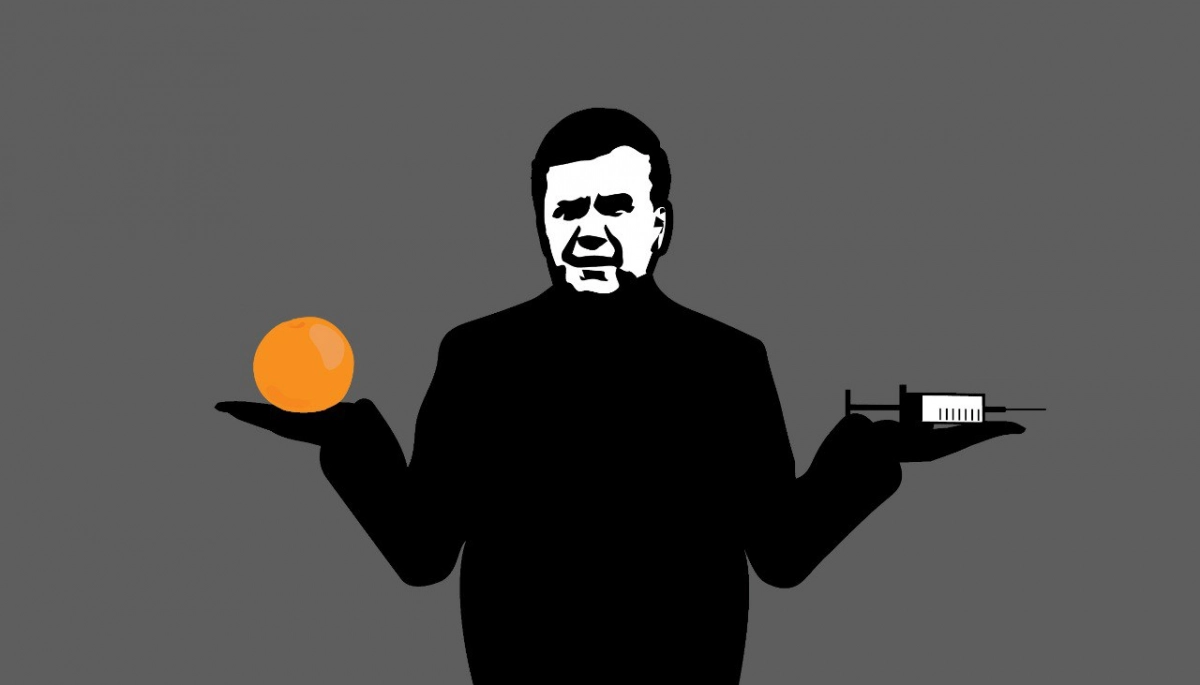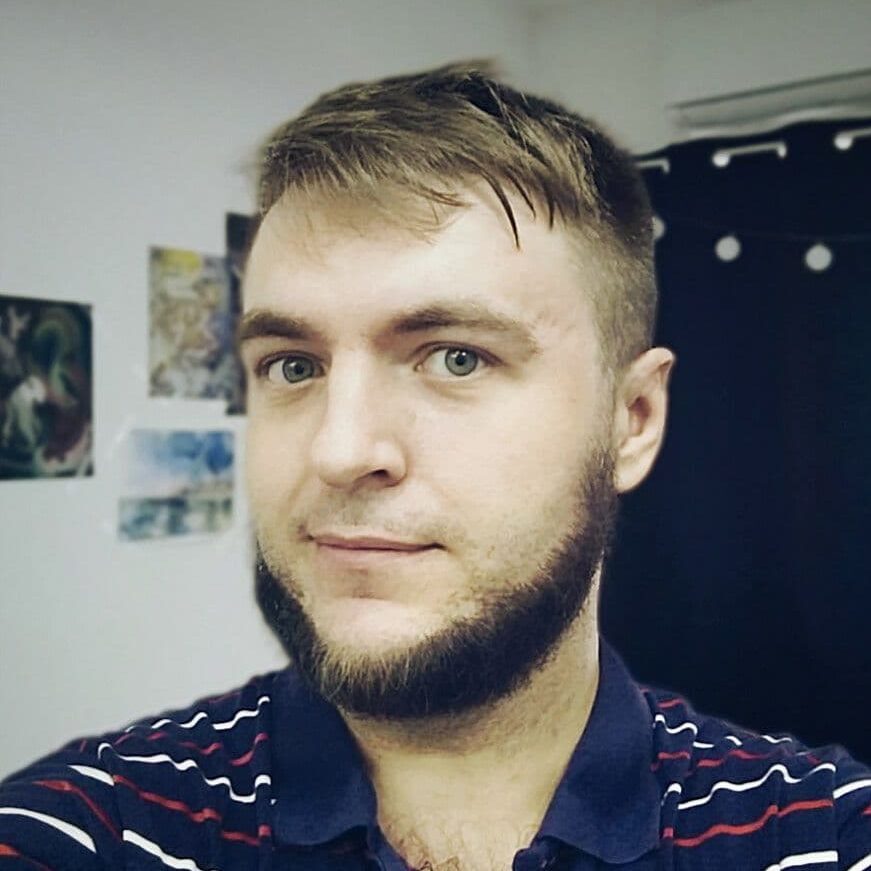Українською читайте тут.
On the evening of November 16, 2023, in a Bloomberg interview, Ukrainian President Volodymyr Zelenskyy revealed Russia’s plans for a destabilization campaign in Ukraine. The primary objective is a coup d’état to unseat the president. “Our intelligence, corroborated by our partners, points to this,” Zelenskyy stated. He reiterated this in comments to The Sun, disclosing the operation’s codename and its intended timeline by year’s end. “Named ‘Maidan-3’, its purpose is to replace the president, not necessarily through assassination. They will leverage whatever means they have. That’s the plan for the rest of the year.”
In this article, we compiled key tactics, techniques, and narratives consistently used by the Russian propaganda machine regarding Maidan and discussed whether the timing of the resurgence of this topic in the media space was merely coincidental.
Ukraine annually celebrates the Day of Dignity and Freedom on November 21, commemorating the start of two significant revolutions: the Orange Revolution and the Revolution of Dignity. Each year, Russian propaganda increasingly exploits these Ukrainian protests, reminiscent of a repetitive TV series. Since the early 2000s, Russian elites have exhibited a panic-like response to democratic changes in the post-Soviet space, openly opposing Georgia’s Rose Revolution in 2003. This fear has now institutionalized, even permeating Russia’s academic circles, as evidenced by the establishment of the Center for the Study of Soft Power and Color Revolutions at Lomonosov Moscow State University in 2020.
The Maidan Was Externally Orchestrated Protest, Influenced by “Western Countries”
The profound rejection of the Ukrainian protest movement prompts Russia’s leaders to rethink the nature of protest against the government every time. Through this optic, none of the Maidans could have occurred naturally but could only have been “externally inspired” by outside actors, Western countries, etc. Even on the 10th anniversary of Euromaidan, Russian Presidential Press Secretary Dmitry Peskov could not resist claiming that new conditions for protests had now emerged in Ukraine: “Look, we call it the Maidan, but in reality, it was a coup d’état that was sponsored from abroad. We need to call a spade a spade.”
The Maidan topic is so ingrained in Russian officials’ minds that even on public holidays like Russia Day (July 12), they cannot refrain from referencing it. This year, former President Dmitry Medvedev posted a meme on this day, depicting Kyiv’s Independence Square with a Russian flag and with the inscription “Soon to be Russia Square.”
Six months prior to the full-scale invasion, Vladimir Putin, in his major policy article “On the Historical Unity of Russians and Ukrainians,” notably published on Russia Day, wrote, “Western countries directly intervened in Ukraine’s internal affairs by supporting the coup d’état.” While he didn’t explicitly mention “Maidan,” he referred to the “Maidan government,” implying their illegitimacy.
“If There Were No Maidan, There Would Be No War”
This narrative, frequently echoed by Russian officials, builds upon previous themes, encapsulating their views on the legitimacy of power. The argument posits that if a government is deemed “illegitimate,” it justifies actions like imposing will, annexing territories, and waging war. Notably absent in this discourse is the fact that, at the time of former President Viktor Yanukovych’s flight to Russia, Ukraine had a fully operational, legitimate, and legally elected parliament. A classic example of this narrative is the persistent use of the term “Kyiv regime,” which persists a decade after the Euromaidan. In September this year, at the G20 meetings in New Delhi, Russian Foreign Minister Sergey Lavrov, twisting international law and the UN Charter, claimed that “...the Kyiv regime destroyed the territorial integrity of its country on its own.”
Post-invasion, Vladimir Putin has been more direct in his public addresses regarding the motives behind his attack on Ukraine. He asserts that the war was instigated by the “Kyiv regime,” abetted by Western “sponsors.” He stated this at the International Economic Forum in St. Petersburg in June: “The war in Ukraine, particularly in its southeast, was started by the Ukrainian regime with Western support in 2014, a fact often overlooked in the West.” This reflects a common propaganda tactic of mirroring, which means deflecting blame for one’s actions.
On November 21, 2023, Russian propaganda continued employing its tactic of relentless repetition, seeding social media with similar phrases and arguments, repeating them both for its domestic audience as well as broadcasting them around the world. This is evident in the activity of accounts belonging to the Russian Ministry of Foreign Affairs on the social network X (formerly known as Twitter). Multiple accounts representing Russia in different countries and international organizations reiterated statements about the “Kyiv regime,” “the war instigated by the West,” “the bloody coup in Kyiv in 2014,” etc. A typical post read: “Maidan was merely a pretext to instigate conflict. Russia has consistently sought a political resolution, while the West has always aimed to escalate.” This is not limited to the Russian mission to the EU; it extends to, for example, the Russian Embassy in Bolivia, which disseminates similar messages in both Russian and Spanish.
However, Russian authorities conveniently omit that post-Revolution of Dignity, Ukraine has undergone several democratic election cycles, including presidential and parliamentary elections. These elections have been recognized as democratic, legal, and legitimate by the majority of countries, international institutions, and monitoring organizations.
Associating the Maidan Protests with Drug Influence
A key goal of Russian propaganda has been to depict the Kyiv protests as an ethereal phenomenon, disconnected from the everyday lives of ordinary Ukrainians and confined to the capital, akin to a collective hallucination. The protesters’ aspirations for change and a better future were dismissed as illusory and unrelated to reality. To reinforce this narrative, propaganda often drew parallels with drug use, inherently designed to evoke disgust, anxiety, and a sense of alienation from the Maidan participants.
This messaging traces its roots back to the year 2003, that is, the times of the Orange Revolution. In an effort to taint the orange hues associated with presidential candidate Viktor Yushchenko, Liudmyla Yanukovych, the wife of then-candidate Viktor Yanukovych, claimed in a speech near Kyiv’s central railway station that Maidan protesters were drug-influenced and acting irrationally due to consuming “drugged oranges.”
In contemporary iterations of this theme, pro-Russian Telegram channels and propagandists refer to the so-called “Maidan tea.” This term distorts a Facebook post by journalist Mustafa Nayyem on November 21, 2013, about gathering near the Independence Monument for tea. The misrepresentation was so profound that even years later, Russian celebrities perpetuate it as an urban myth. A decade (!) after Euromaidan, actor-comedian Vitaliy Gogunskiy on Russia-1 TV channel reiterated the claim that Maidan protesters were given drugs through tea, “My aunt worked in a hospital in Kremenchuk. After the Maidan, a guy came to her with a headache. He was examined. She asked him: ‘Are you a drug addict?’ He said, ‘I am not’. And she told him, ‘You have illegal drugs in your system. Where have you been?’ He said, ‘On the Maidan. I had tea there.”
Even former Russian President Dmitry Medvedev, commenting on Ukrainian President Volodymyr Zelenskyy’s remarks about the Maidan-3 destabilization campaign, employed irony to echo the narrative of hallucinogenic substances influencing protesters through food. He coined a new agitprop term, “Nuland pies,” in reference to the actions of Victoria Nuland, then Assistant Secretary of State for European and Eurasian Affairs, who visited Euromaidan and met with protesters and former President Viktor Yanukovych between 2013 and 2017. It was the so-called “State Department cookies” or “Nuland cookies” that became one of the first memes to be spread by Kremlin propaganda on social media, instead of just occasionally emerging in speeches by Russian politicians.
In reality, Nuland and then US Ambassador to Ukraine, Geoffrey Pyatt, shared sandwiches with law enforcement and protesters. However, the real intention behind the sharing of food was to ease tensions on the Maidan, but these distorted memories continue to be exploited by figures like Medvedev.
The Maidan Theme Linked to Elections and Government Change
The rise of Russian propaganda in response to revolutionary demonstrations and protests can be traced back to Georgia’s Rose Revolution in 2003 and Ukraine’s Orange Revolution in 2004. These events were initially seen as closely tied to the process of presidential re-election. However, the subsequent “Maidans” in Ukraine evolved differently. These protest movements weren’t always focused on changing the government but became a part of political life, an expression of a “healthy” socio-political dynamic. In contrast, Russia’s political landscape automatically casts protests, especially those in central squares, in a negative light. This is evident from the reactions to the 2010 protests at Moscow’s Manezhnaya Square and the 2011 demonstrations related to the State Duma elections at Bolotnaya Square.
In Ukraine, not all political protests at the Maidan have been about power shifts. Examples include the “Language Maidan” in 2012 and the 2021 “#SaveFOP” movement during President Zelensky’s tenure, protesting against price increases and advocating for small business rights and preferences.
For nearly two decades, Russia has battled these “Maidans”, suppressing domestic opposition and protest movements and engaging in aggressive wars in the post-Soviet space. Any form of protest is seen by Russia as a threat to its authoritarian regime, and demonstrations in the countries of its “near abroad” – viewed more as satellites than sovereign states – are perceived as Western-instigated sabotage, disrupting regional stability and infringing upon Russia’s “sphere of influence.”
Protests are a healthy public reaction to political disturbances, a component of civil society’s political engagement. Consequently, Russia endeavors to delegitimize the Maidan, portraying it as indicative of social discord, immaturity, and other negative attributes.
Even a decade after the Revolution of Dignity, the Kremlin’s propaganda machine still leverages it to justify Crimea’s annexation and outbreak of war. While Russian authorities wage a symbolic battle against “Maidans”, Ukrainian society undergoes painful but necessary transformations. It experiences cycles of legal and legitimate power transitions, embracing a European political culture devoid of lifelong presidents, where governments are held accountable. This society asserts its right to demand transparency and responsibility in political decisions, choosing the European path of development.



